13 days
Age 12+
Jan, Feb, Mar, Apr, May, Jun, Jul, Aug, Sep, Oct, Nov
Availability 50
$6500
Day 1: Arrival
On arrival you shall be welcomed by your guide and then transferred to your hotel.
Day 2: Bird Watching in Mabamba Swamp
Early breakfast and transfer to Mabamba Swamp 50 kms west of Kampala. Bird watch en-route to the swamps looking out for papyrus specialties such as the Papyrus Gonolek, White winged warbler, Northern brown Throated, Weyns, Golden backed, Orange weaver to mention but a few. Move to Mabamba swamps most of the birding here is done canoeing as we look out for the rare Shoebill Stork, African Water rail, Allen’s and Purple Gallinule, Squacco, Goliath, Purple, Grey Herons, a variety of Egrets, ducks .
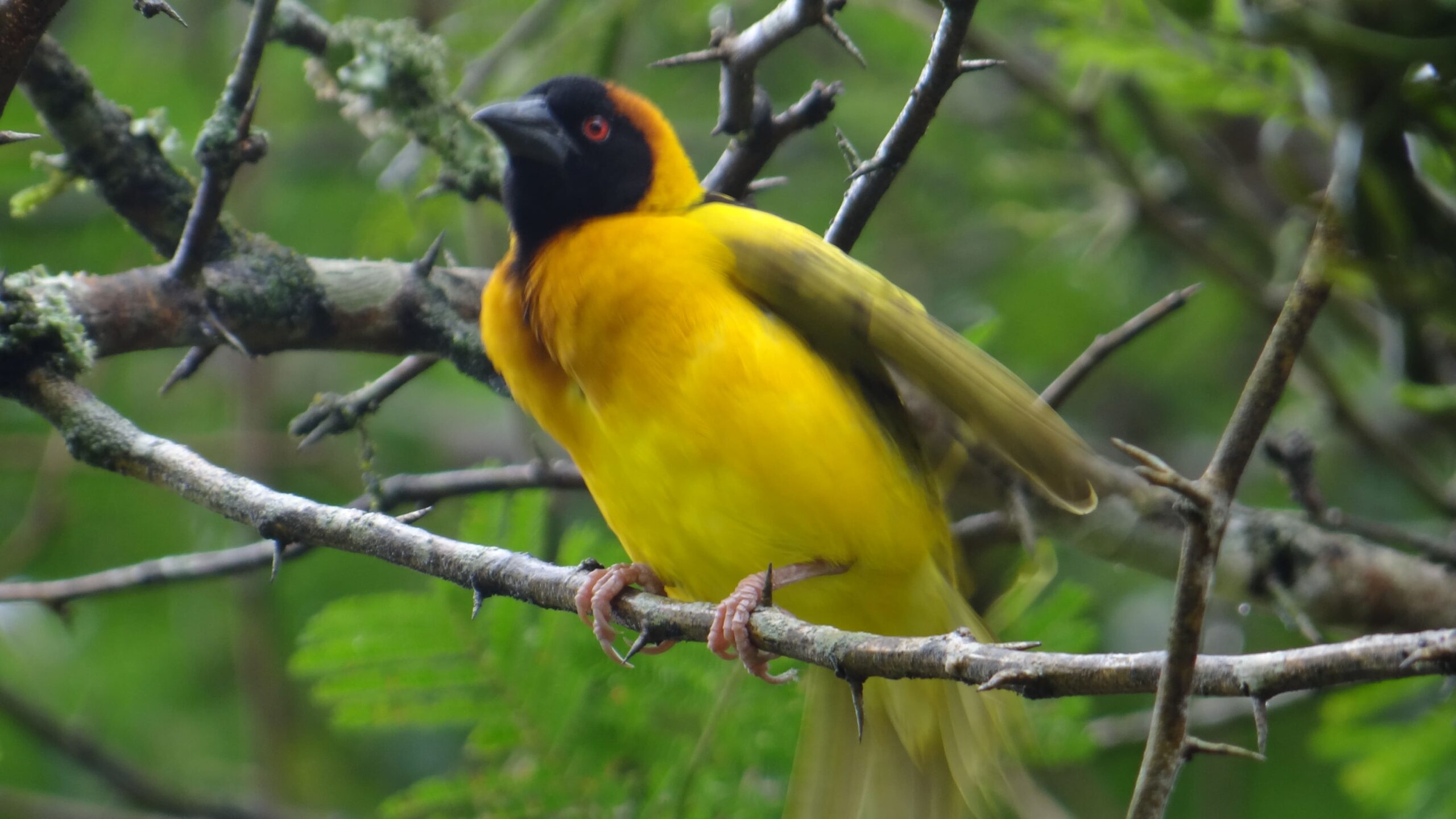
Day 3: Bird Watching in Lake Mburo National Park
Drive to Lake Mburo National Park crossing the Equator along the way.
This park is mosaic habitat of rock outcrops, dry hillside, open and wooded savanna, forests, galleries and swamps. A variety of habitats have contributed to the avifauna diversity and 313 bird species have been recorded in the park including; Red faced barbet, Long tailed cisticola (Tabora), Papyrus yellow warbler, African fin foot, Northern Brubru, Rufus bellied heron, Black collared barbet, Brown chested plover, White winged tit, Northern brown throated weaver, White winged warbler.
Day 4: Bird Watching in Lake Mburo
On this day you shall have more time to bird watch in this park, in search of more species. You shall have a boat ride on this day in search of water species.

Day 5: Bird Watching in Bwindi
You shall drive to Bwindi. Bwindi is the Bird watchers haven! It holds 348 species of birds among which 90% of the Albertine rift valley Endemic are here such as the Short-tailed, Rusty-faced woodland and Grauer’s Rush Warblers, Bar-tailed Trogon, Wilcock’s Honey-guide, Yellow-eyed black Fly-catcher, Kivu Ground Thrush, Dusky Crimson Wing, White-tailed Blue Monarch among others, difficult or impossible to see in any other part of East Africa. An experienced bird watcher can identify up to 100 species in a day.

Day 6: Gorilla Tracking (Optional)
This morning you will report at the park office at 7:30 am, where you shall have a briefing as you get ready for the Gorilla tracking, There are now only 650 left in the world. The tracking may take between 2 and 6 hours with a park ranger guide interpreting the flora and fauna and the lifestyle of the Gorillas. In the afternoon you may relax at the Camp or (Optional) take a forest nature walk that will lead you to the Munyaga waterfall and a chance to see Primates such as the Grey Cheeked Mangabey Blue monkeys and others species.
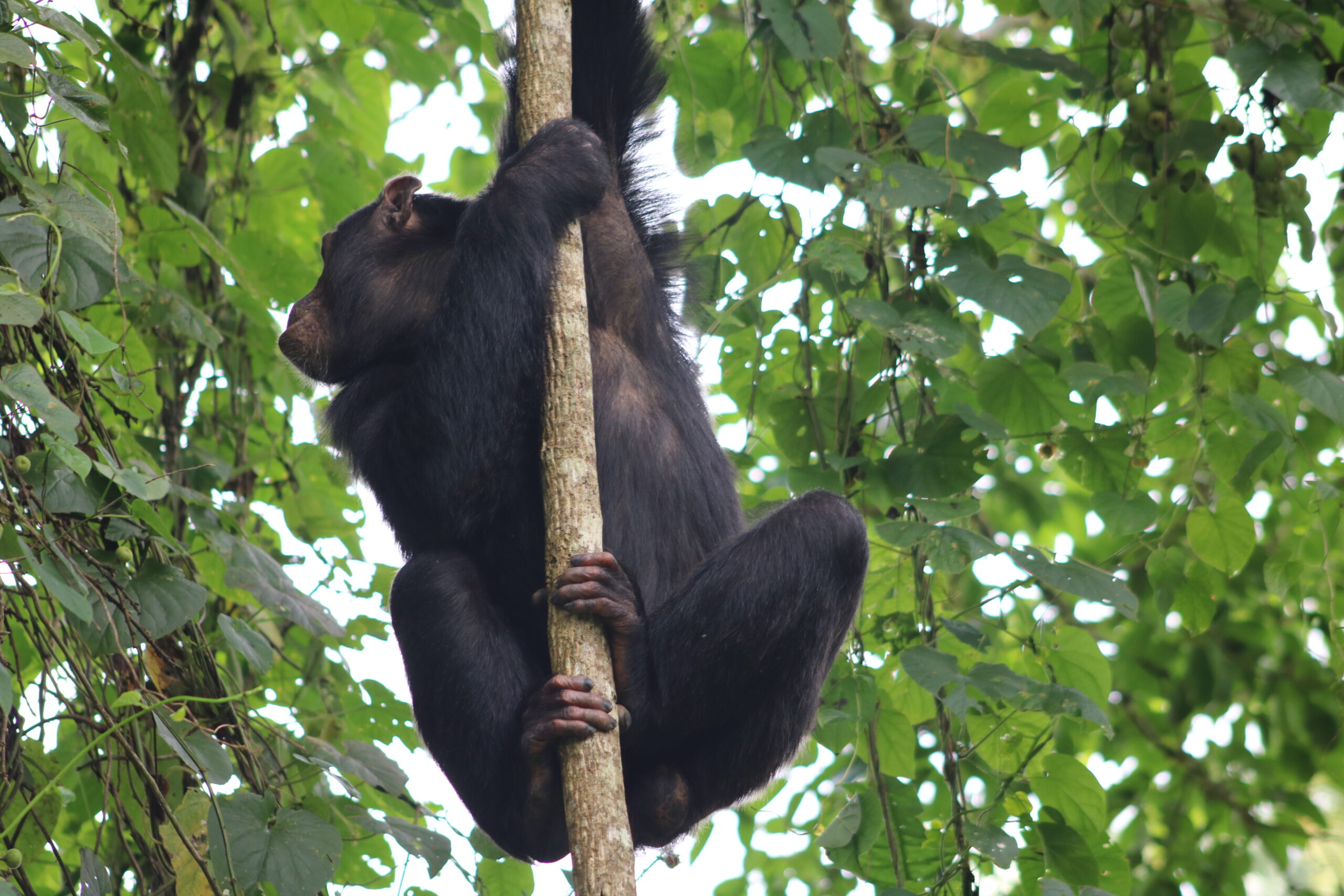
Day 7: Queen Elizabeth National Park
After breakfast, you will drive to QENP with several bird watching stops and arrive in time for lunch. Later you will embark on an evening bird watching expedition and later return for dinner at the respective lodge.
Day 8: Entire Day Bird Watching
Queen Elizabeth National Park lies on the floor of the Eastern arm of the Greatest African Rift Valley. Choose to bird along the Mweya peninsular for the Grey-headed Kingfisher, Swamp Flycatcher, Black-headed Gonolek, Grey-capped Warbler, Slender-billed Weaver and Brimstone Canary Or take an early morning game drive towards the famous Kasenyi track, winding through grassland dotted with trees and nearby crater lakes. Our main aim is to locate Lions and other mammals including Buffalo, Ugandan Kob, Oribi, Waterbuck, Bushbuck and family groups of African Elephants. Along the road you may find Scaly Francolin, Red-necked Spurfowl, several plovers, Harlequin Quail and Common Button-quail. Larks are numerous and include Rufous-naped, Flappet and the local White-tailed. Raptors include Martial Eagle, Banded Snake Eagles and Bateleur.
In the afternoon proceed on a boat trip down the Kazinga Channel. This area offers stunning views of Pink-backed Pelican, Saddle-billed Stork, Hammerkop, African Spoonbill, Yellow-billed Stork, Water Thick-knee, African Skimmer and over-summering Pale arctic shorebirds. Choose to have a game drive on the peninsular searching for Gabon and Slender-tailed Nightjars, as well as owls especially if you are staying at the Institute, or Mweya Lodge.

Day 9: Bird Watching in Kibale National Park
After breakfast you will drive to Kibale National Park. You shall have an opportunity to bird watch along the way as well as in the afternoon in the Forest.
(Optional: either Bird Watch in KIBALE NATIONAL PARK or SEMLIKI NATIONAL PARK)
Day 10: Kibale National Park
You shall have a briefing at the starting point then start Chimp tracking which may take 2- 3 hours. Lunch will be organized according to the trend of the day’s activities, either picnic lunch or a hot menu lunch.
Later in the afternoon, you will have the opportunity of a guided walk through Bigodi Swamp. You may see Red Colobus Monkey, Grey-cheeked Mangabeys, Red-tailed Monkey and Galagos. The forest is also home to the Scaly Francolin, Marsh Tchagra, Black-bellied Seedcracker, Green-backed Twinspot, Narina Trogon, Joyful Greenbul, Black Bee-eater, Blue-headed Coucal, Blue-breasted Kingfisher, Scaly-throated Honeyguide, Roufous Flycatcher Thrush and Black-faced Rufous Warbler.
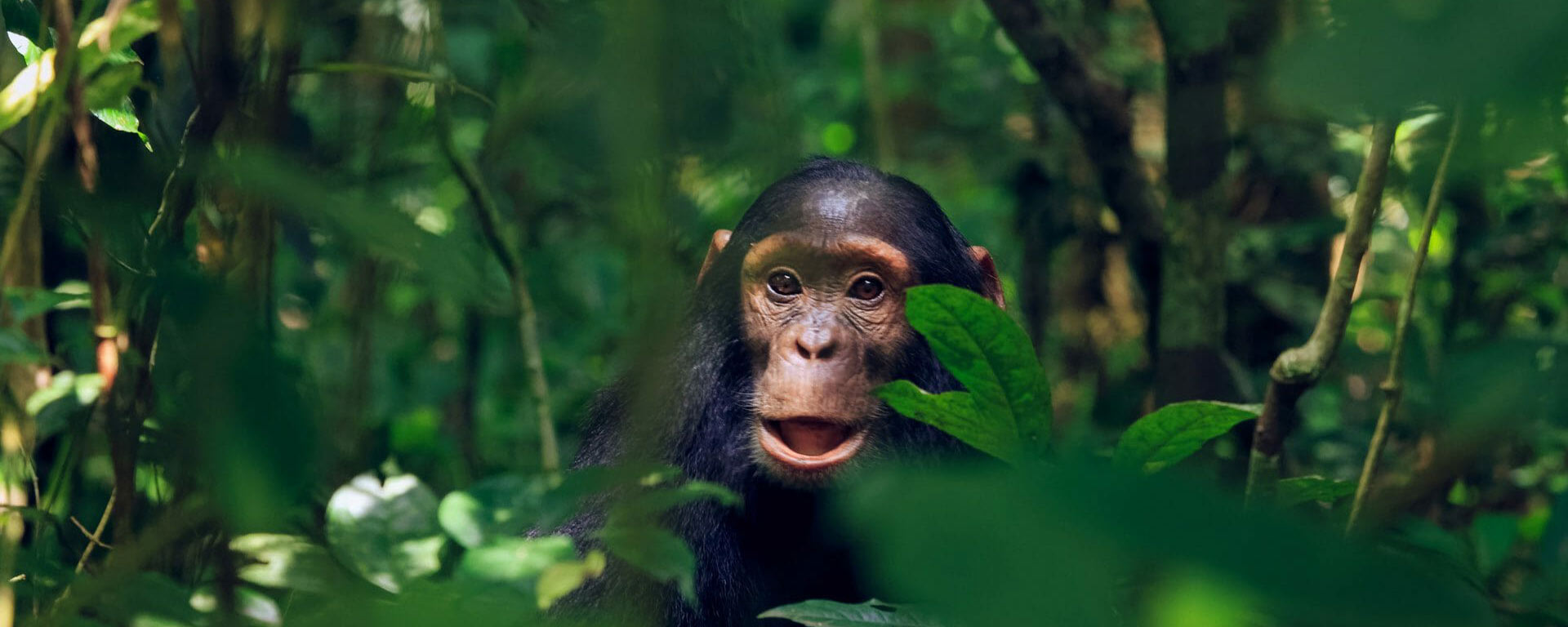
Day 11: Drive to Murchison Falls National Park
After breakfast, drive to Murchison Falls National Park bird watching on the way, you shall carry with you packed lunch. This is a long drive with less birding.
Day 12: Murchison Falls National Park
Today, you shall spend the whole day bird watching in this serene Park. After breakfast you shall cross the river for a game and bird watching drive on the northern side of the River Nile.
Key species of this park include; The Shoebill stork, Secretary bird, Bat Hawk, Red-necked Falcon, White-crested Turaco, Egyptian Plover, Bruce’s Pigeon, Pel’s Fish-owl, Standard-winged, Pennant-winged and Long-tailed Nightjar, Carmine Bee-eater, Brown-backed Woodpecker, African Black Scimitarbill, Brown-backed Woodpecker, Spotted Morning thrush, Silver bird, Swallow-tailed Bee-eater, Bronze-tailed Starling, Beautiful Sunbird, Northern Red Bishop, Rock Pratincole, Four-banded Sandgrouse, White-rumped Seedeater, Black-billed Barbet, Green-headed Olive back, White-fronted Black Chat, Cabanis’s and Brown-rumped Bunting, Black-rumped Waxbill and Bar-breasted Firefinch among others.
After lunch, you shall have a launch cruise to the bottom of the falls.
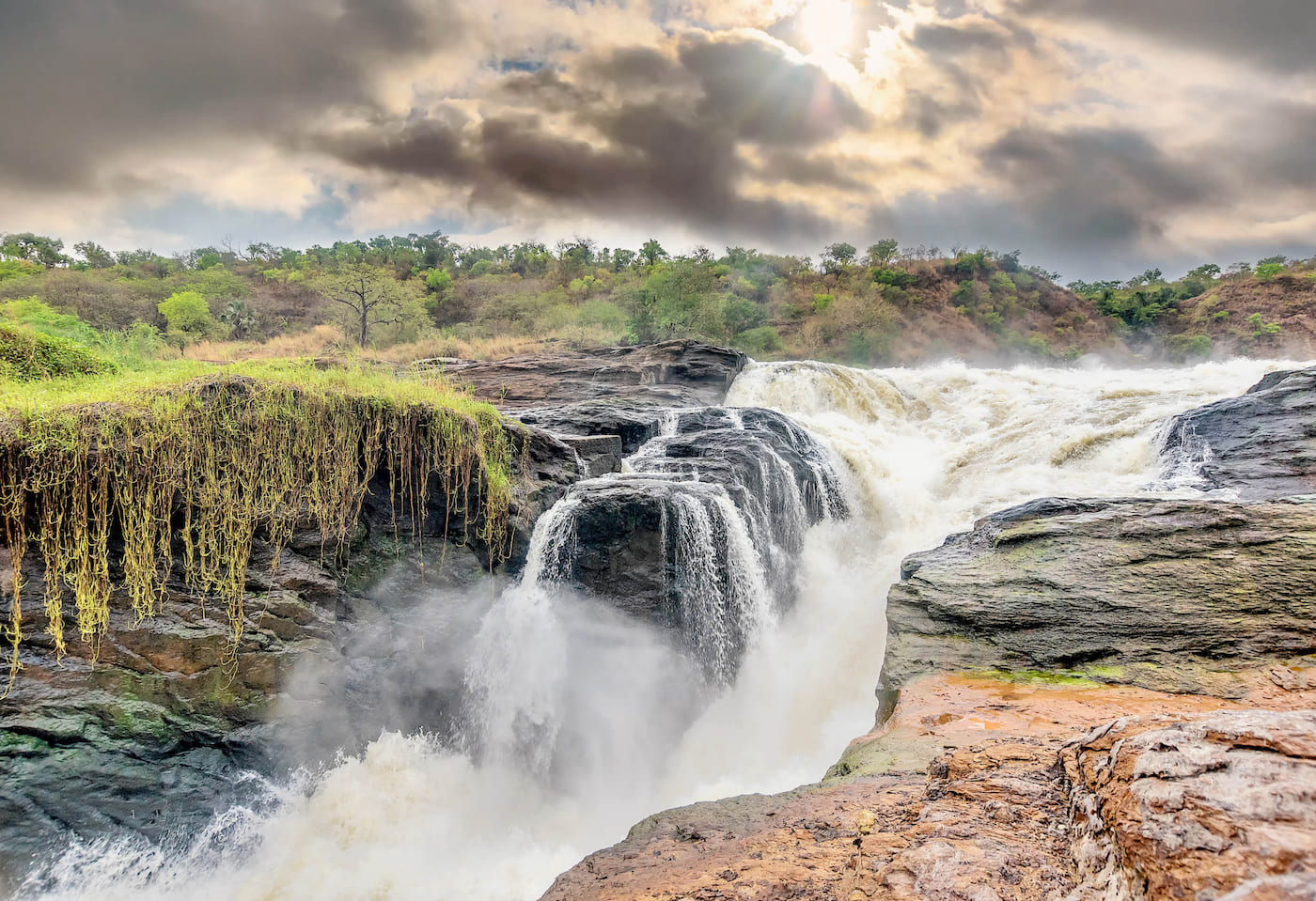
Day 13: Proceed to Entebbe
Drive to Entebbe, with an opportunity to bird along the way. You may visit the Ziwa Rhino sanctuary (Optional), where the white rhinos which were previously extinct from Uganda, following the years of civil unrest, are being re-introduced, with an objective of transferring them back to the national parks where they originally were. You may be within a distance of 30 meters from these fierce animals which though have been semi-habituated.
Later catch a flight back home.
-
DepartureEntebbe International Airport
-
Departure TimePlease arrive by 10:20 AM for a prompt departure at 10:50 AM
-
Return TimeApproximately 8:30 PM
-
IncludedMeals specified and accommodation.Ground transportation in a comfortable 4×4 safari car.Applicable park entrance, activity fees.1 assigned English-speaking Professional Birding driver-guide.Gorilla trekking permit (USD 700) per person.Kibale chimp habituation (USD 200) per person.Bottled water while on safariActivities as stipulated (except those stated as optional).
-
Not IncludedActivities not mentioned in the itinerary.Phone calls and bar bills.Personal/travel insurance.Driver guide’s gratuity (recommended).All Other Services of a personal nature.Flight ticket(s).Entry visa into Uganda.All kinds of drinks except water.Any activity stated as “OPTION
Similar Tours
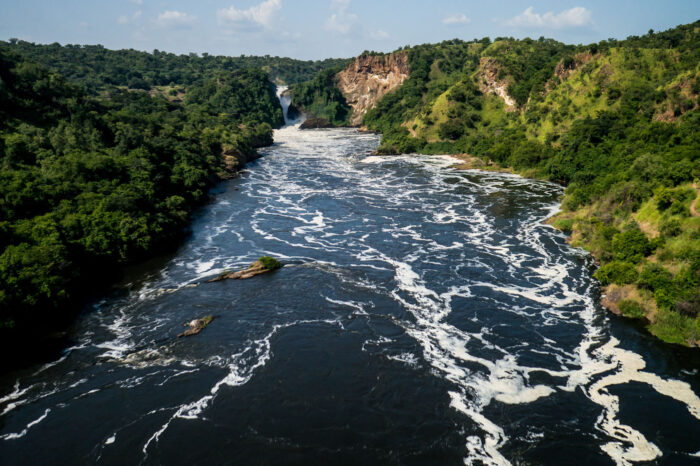
$5,821
16 Days with the Travel Expert
The Best tour is a program that takes enough time and a number if activities in the country. The Best of Uganda is a combination of the Eastern Circuit with the Western Circuit.
16 days

5 Day queen Elizabeth and kibale forest safari
Home to the greatest concentration of primates on the planet (including half the world’s mountain gorilla population), the source of the mighty River Nile and magnificent all year snow-capped peaks on Rwenzori Mountain, Uganda is an adventure enthusiasts’ paradise. Bird-watchers and big 5 animal lovers alike agree, this country is a true African gem waiting to be discoved
3 days
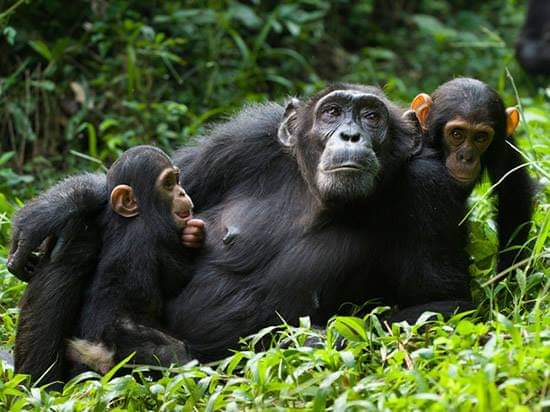
6 DAYS GORILLAS AND CHIMPANZEE TRACKING IN UGANDA
Home to the greatest concentration of primates on the planet (including half the world’s mountain gorilla population), the source of the mighty River Nile and magnificent all year snow-capped peaks on Rwenzori Mountain, Uganda is an adventure enthusiasts’ paradise. Bird-watchers and big 5 animal lovers alike agree, this country is a true African gem waiting to be discoved
6 days
The Travel Expert Uganda Safaris
A safari in Uganda offers travelers the opportunity to discover a land of pristine natural beauty. Described as “the Pearl of Africa” by Winston Churchill, Uganda offers some of Africa’s finest geographical and natural beauty, making it a tourist haven
Contact Info
+256-751-642920
Uganda, East Africa
Mon - Sat 8.00 - 18.00 Sunday CLOSED
-





